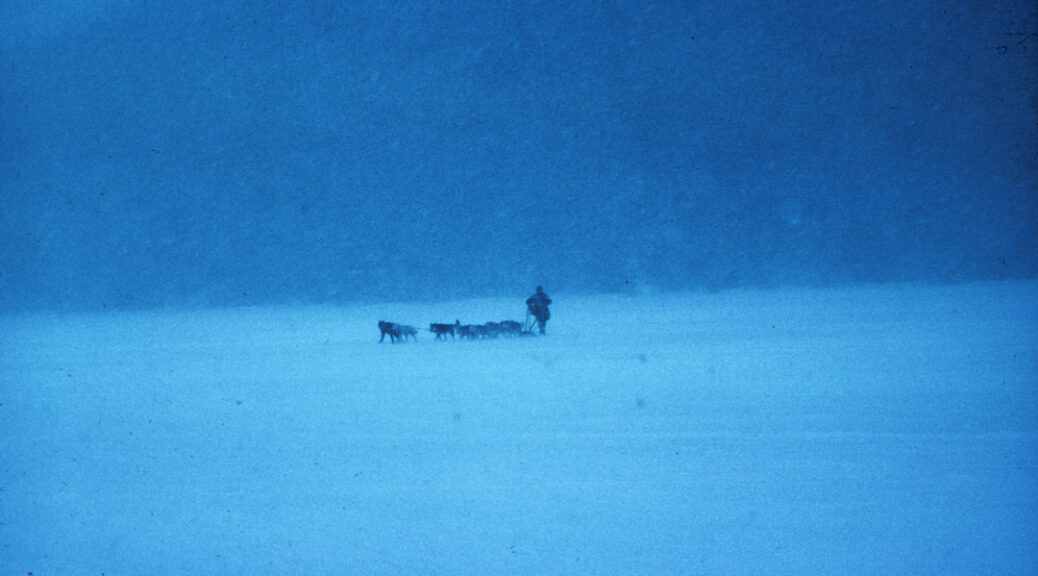When winter rolls in, most cameras go up on the shelf. The ones that do venture out meet with a pretty high casualty rate in both equipment failure and film results. When temperatures stay above zero degrees, things run near to normal. Below zero, things begin to pop and crackle. Film speed slows down causing underexposure, shutter curtains contract and function slowly causing overexposure, light-meter batteries wear down rapidly and don’t deliver proper readings—or quit altogether. Films produce static electricity when advanced and this mini-lightning streaks the film, or worse, the film base becomes brittle and breaks inside the camera. Lenses fog up inside and outside then the fog freezes on the lens. Controls on the body contract and are too tight to move, and if that isn’t enough, I once froze my nose to the back of a camera! I had to go inside to thaw it off.
The first step is to purchase a well-designed manual camera, like the Nikon F (vintage, admittedly, but plastic parts won’t hold up). Then leave the camera either inside or outside: don’t take it in and out repeatedly. If you are traveling outside, you can keep it relatively warm by wearing it under several layers of clothing. You don’t want to get it too close to your body, which stays close to 98 degrees, or your own body moisture will cause condensation.
When you load, actuate the advance several times to loosen it, then turn the film slowly to minimize the chance of static electricity or breakage. Keep film in a pocket before loading. Wear nylon gloves inside heavier mittens and leave the nylons on while operating the camera. Install a “soft” shutter release to facilitate operation with gloves or mittens. Use alkaline batteries. Many light meters currently are using PX 13 cells. These should be replaced with PX 625s, which your dealer will tell you are identical. Don’t believe him; insist on the 625s.
Even if all goes well, you may still end up with gray snow. The explanation is simple. Your light meter is constantly striving to balance the light according to an imaginary gray card. Therefore, when all that shows is white, the meter thinks “Let’s make all this gray like it should be,” and underexposes. Correction for this involves experimentation as it varies according to the amount of sunlight hitting the area. Usually one half to one stop over is sufficient.
If there is to be extended use in extreme conditions, you may want to winterize the camera. This involves disassembling the entire unit and re-assembling with a thinner lubricant or none at all. It is a very time-consuming job and quite expensive, and the camera should not be used in warm weather again until you reverse the process. Typical uses of such treatment have been on expeditions to the Himalayas or Antarctica. Whenever a camera is subjected to such injustices and maltreatment, it should be coddled and cossetted with a little TLC.

